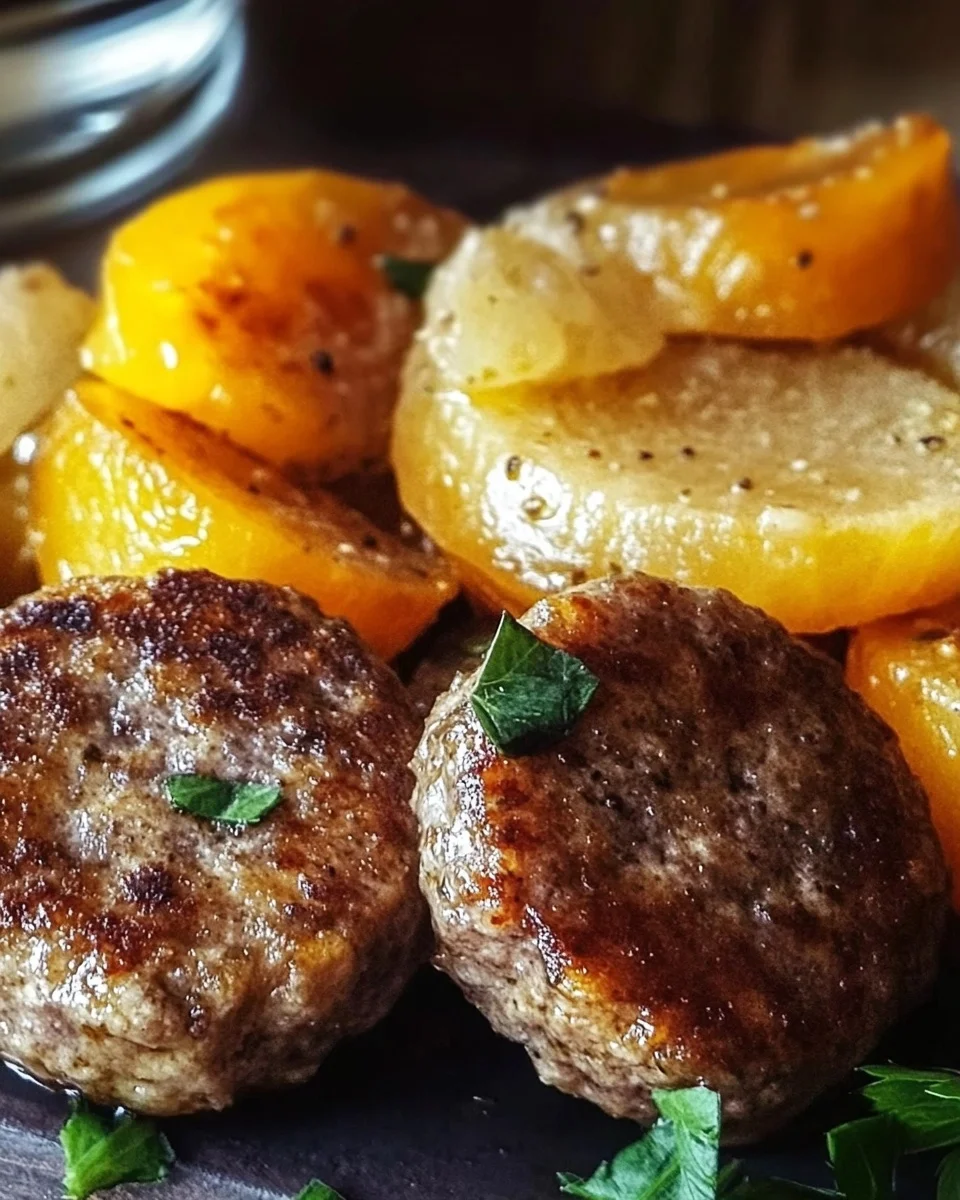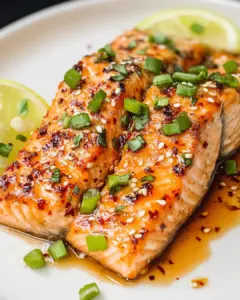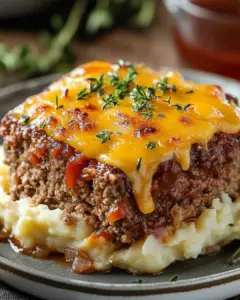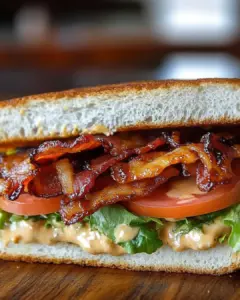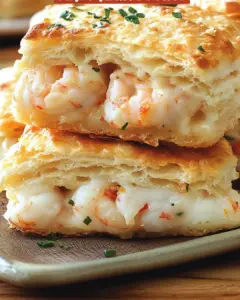German cuisine is rich in tradition, and Frikadellen stand out as one of its most beloved dishes. These juicy, pan-fried meat patties are a staple in German households, enjoyed for their savory flavors, crispy exterior, and tender interior. Though similar to meatballs or hamburgers, Frikadellen have their own distinct texture and seasoning that make them a true comfort food.
This article explores the history of Frikadellen, what makes them unique, the best ways to serve them, variations of the recipe, storage tips, and frequently asked questions. By the end, you’ll have everything you need to recreate this authentic German dish at home.
The History and Origin of Frikadellen
Frikadellen have been a traditional German dish for centuries, with records dating back to the 17th century. While the exact origins are debated, it is believed that these meat patties evolved from Scandinavian and Dutch cuisines, where similar recipes were common.
Frikadellen were often prepared by working-class families because they required simple ingredients—ground meat, bread, onions, and seasonings. They became a popular street food in Germany, sold at food stalls and beer gardens, particularly during Oktoberfest celebrations.
Today, Frikadellen remain a comforting homemade meal, often served with classic German sides like potato salad, sauerkraut, or mustard-based sauces.
What Makes Frikadellen Special?
Unlike American hamburgers, Frikadellen have a softer, juicier texture due to the use of soaked bread or breadcrumbs mixed into the meat. They are also lightly spiced with ingredients like mustard, paprika, and parsley, giving them a more aromatic and flavorful bite.
Here’s why Frikadellen are a must-try dish:
1. Juicy and Flavorful
The addition of bread soaked in milk makes these meat patties incredibly tender and moist, preventing them from drying out during cooking.
2. Easy to Make with Simple Ingredients
Frikadellen require only a handful of pantry staples, making them an affordable, fuss-free meal.
3. Versatile and Customizable
These pan-fried meat patties can be served as a main course, in sandwiches, or even cold as a snack.
4. Traditional yet Adaptable
While the classic recipe remains a favorite, Frikadellen can be customized with different meats, herbs, and spices to suit personal preferences.
Ingredients
- 1 pound ground beef
- 1 pound ground pork
- 2 slices stale bread or 1 cup breadcrumbs
- 1/2 cup milk
- 1 large egg
- 1 medium onion, finely chopped
- 2 tablespoons fresh parsley, chopped
- 1 tablespoon mustard
- 1 teaspoon paprika
- 1 teaspoon salt
- 1/2 teaspoon black pepper
- Butter or oil for frying
Directions
- Prepare the Bread Mixture
- Soak the stale bread in milk until softened. Squeeze out excess liquid and crumble into a mixing bowl. If using breadcrumbs, moisten them with milk.
- Combine the Ingredients
- Add the ground beef, ground pork, egg, chopped onion, parsley, mustard, paprika, salt, and black pepper to the bread mixture. Mix gently until well combined.
- Form the Patties
- Divide the mixture into equal portions and shape into oval patties, approximately ¾-inch thick.
- Cook the Frikadellen
- Heat butter or oil in a large skillet over medium heat. Fry the patties for 4–5 minutes on each side until golden brown and cooked through, reaching an internal temperature of 160°F (71°C).
- Rest and Serve
- Allow the Frikadellen to rest for a few minutes before serving to retain their juiciness.
Nutritional Information (Per Serving)
- Calories: 350 kcal
- Carbohydrates: 10g
- Protein: 25g
- Fat: 23g
- Fiber: 1g
- Sugar: 2g
Note: Nutritional values are approximate and may vary depending on specific ingredients used.
How to Serve Frikadellen
One of the best things about Frikadellen is that they pair beautifully with a variety of sides. Here are some traditional and modern serving suggestions:
1. Classic German Sides
- Potato Salad (Kartoffelsalat) – A cold or warm potato salad made with vinegar or mayonnaise-based dressing.
- Sauerkraut – The tangy, fermented cabbage enhances the richness of the meat.
- Spaetzle – A soft German noodle dish that soaks up any sauces served with Frikadellen.
2. As a Main Course with Vegetables
- Mashed Potatoes and Gravy – A comforting and hearty option.
- Roasted Carrots or Green Beans – Adds a touch of sweetness and crunch to balance the dish.
3. In a Sandwich or Burger
- Serve Frikadellen in a crusty roll with mustard, pickles, and lettuce for a German-inspired sandwich.
- Add a slice of cheese and caramelized onions for a more indulgent option.
4. Served Cold as a Snack
- Many Germans enjoy leftover Frikadellen cold, often packed for picnics or quick lunches.
- Serve with mustard or remoulade sauce for dipping.
Recipe Variations and Customizations
While the traditional Frikadellen recipe remains the most popular, there are several ways to customize the dish:
1. Meat Substitutes
- Use all ground beef instead of the beef-pork mix for a slightly leaner patty.
- For a lighter version, try using ground turkey or chicken.
2. Herb and Spice Additions
- Add fresh thyme, oregano, or chives for a different herbaceous note.
- Use smoked paprika for a deeper, smoky flavor.
3. Cheese-Stuffed Frikadellen
- Place a cube of cheese (such as Gouda or Emmental) in the center before shaping the patties for a melty surprise.
4. Spicy Frikadellen
- Add a pinch of red pepper flakes or chili powder for extra heat.
5. Vegetarian Frikadellen
- Substitute the meat with a mixture of mashed beans, grated vegetables, and breadcrumbs.
Storage and Reheating Tips
Frikadellen store and reheat well, making them a great meal-prep option.
1. Storing Leftovers
- Allow Frikadellen to cool completely before storing.
- Place them in an airtight container in the refrigerator for up to 4 days.
2. Freezing Instructions
- Arrange cooked Frikadellen in a single layer on a baking sheet and freeze for 1 hour.
- Transfer to a freezer-safe bag or container and store for up to 3 months.
- Thaw overnight in the refrigerator before reheating.
3. Reheating Methods
- Stovetop: Heat in a skillet over medium heat with a small amount of butter or oil.
- Oven: Warm at 350°F (175°C) for 10–15 minutes until heated through.
- Microwave: Reheat in 30-second intervals until warm.
Frequently Asked Questions (FAQs)
1. What’s the Difference Between Frikadellen and Hamburgers?
Frikadellen are softer, juicier, and more flavorful than hamburgers due to the addition of soaked bread and seasonings. They are also pan-fried instead of grilled.
2. Can I Bake Frikadellen Instead of Frying?
Yes! Bake at 375°F (190°C) for 25–30 minutes, flipping halfway for even browning.
3. Are Frikadellen Gluten-Free?
To make them gluten-free, use gluten-free breadcrumbs or rolled oats instead of bread.
4. Can I Make Frikadellen Ahead of Time?
Absolutely! Prepare the mixture, form the patties, and store them in the refrigerator for up to 24 hours before cooking.
5. Can I Serve Frikadellen with a Sauce?
Yes! Popular options include Dijon mustard, mushroom gravy, or garlic aioli.
Conclusion: A Dish Worth Making Again and Again
Frikadellen are more than just German-style meat patties—they are a symbol of comfort food at its finest. With their rich flavors, crisp exterior, and tender interior, they are perfect for any occasion, whether as a main dish, snack, or sandwich filling.
Advertisement
With endless serving options and variations, Frikadellen are a versatile and satisfying meal that can be enjoyed by anyone, whether you’re looking for authentic German flavors or a simple homemade dinner.
Try making Frikadellen today, and bring a taste of Germany to your kitchen!


